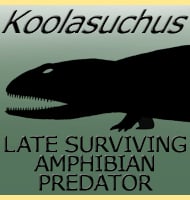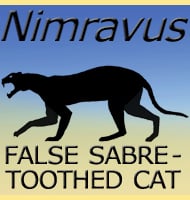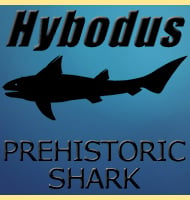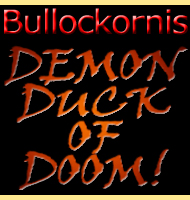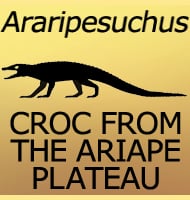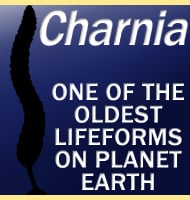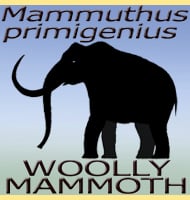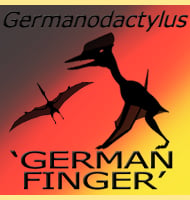In Depth
Morphologically Puijila looks a lot like an otter, however while otters are classed as musteloid mammals, the skull and teeth of Puijila clearly indicate that it was a pinneped, more commonly called a seal. As an early pinneped Puijila has helped to plug a gap in evolutionary theory concerning the appearance of seals since before this time only very primitive seal forms like Enaliarctos were known, but in this genus the aquatic life adaptations are already well developed. With a more otter-like body form, Puijila shows the transition between more terrestrial (land living) ancestors and the later pinneped descendants that are better adapted to swimming. This is analogous to two other mammalian genera, Pakicetus and Ambulocetus, that together help show the transition between land living ancestors and fully aquatic whales. There is one very interesting thing to note about both Puijila and Enaliarctos. At the time of its description Puijila has heralded in the news as the first of all known pinnipeds, however this may not be exactly true. The type specimen of Puijila was recovered from an early Miocene deposit, while some remains of the more advanced Enaliarctos are known from the late Oligocene, an earlier period than the Miocene. What this means is that the type specimen of Puijila probably came from a late surviving population of more primitive pinnipeds that were living at a time that other forms were already developing better adaptations for a semi aquatic life. As such it’s quite plausible that Puijila and other forms like it actually had their origins within the Oligocene, and if fossils of Puijila (or very similar basal pinnepeds) can also be found for this time, then this would confirm without doubt the placement of Puijila as an early form pinneped.
Additionally this would take some support away from the notion that pinniped evolution was driven by glaciation in the North since Enaliarctos already has early swimming adaptations while living much further south on the Pacific coast of the United States. Instead it’s probably more likely that seals adapted to take better advantage of more abundant marine prey rather than try and compete with land predators that were becoming ever more powerful.
An otter like body means that Puijila had a very long but slim body with short legs. Aside from being streamilned while in the water this body would allow Puijila to easily navigate around submerged obstacles and possibly head into burrows after prey. The bones of the feet also have wide spacing which suggests that they were webbed to provide additional push while Puijila was swimming.
Puijila was named after the Inuktitut word for ‘young seal’ which is a reference from this mammal’s placement in the evolutionary line of pinnipeds. The species name also has an evolutionary connection since P. darweni is named after Charles Darwin, the English naturalist who is today remembered for writing On the Origin of Species, a scientific work that became the foundation for evolutionary science as we know it today. Because of this work many animals have been named after Charles Darwin, particularly what are seen to be transitional forms. One example is the naming of the pterosaur Darwinopterus which is seen as a connection between primitive and advanced pterosaurs.
Further Reading
– A semi-aquatic Arctic mammalian carnivore from the Miocene epoch and origin of Pinnipedia. Nature 458:1021-1024. – N. Rybczynski, M. R. Dawson & R. H. Tedford – 2009.

